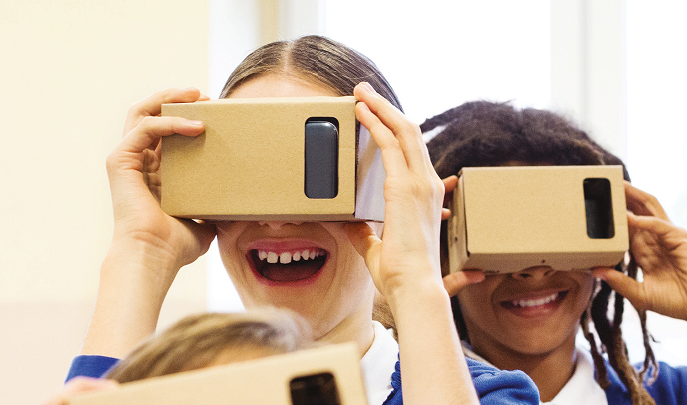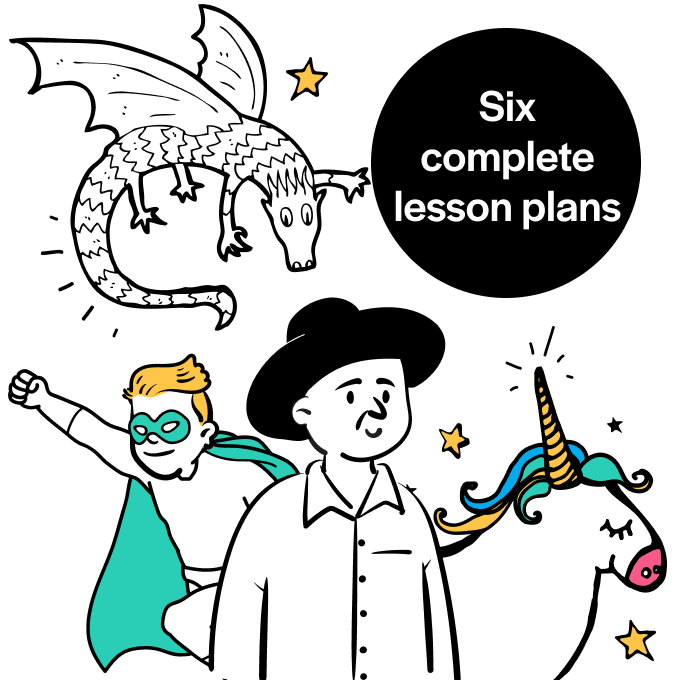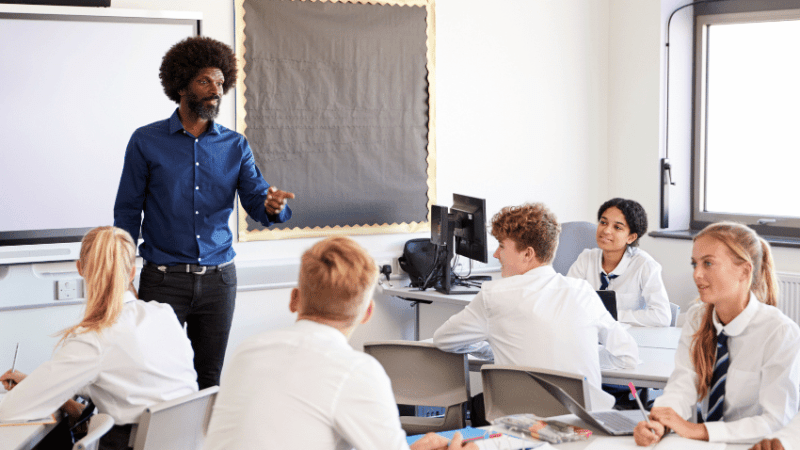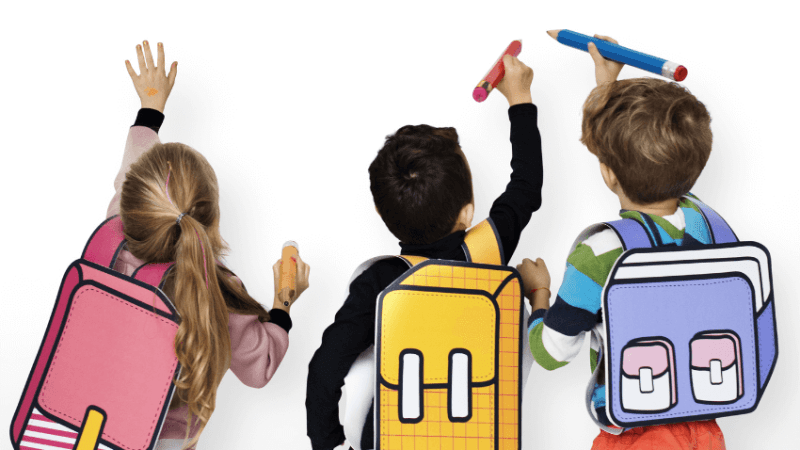VR On A Budget – Mr P’s ICT Top 6 Free Apps And Resources

Not got the funds for 30 headsets? Here's how to get the benefits of virtual reality without the spend

I’m often asked by teachers about what the next big thing in edtech is going to be. For the last few years I’ve said virtual reality and finally it seems to be becoming a trend that is being embraced by schools.
Virtual reality is a computer-generated simulation of a three-dimensional image or environment that can be interacted with in a seemingly real or physical way by a person using special electronic equipment, such as a headset with a screen inside.
It remains to be seen if it is practical or cost-effective for schools to have a class set of headsets and devices, but virtual reality is a great tool for teachers to use to enhance learning in the classroom. Luckily, there are alternative ways to use virtual reality if your school is unable to buy lots of headsets and devices.
The popularity of smartphones has led to the development of a range of compatible headsets. The most cost-effective is Google Cardboard. The website (vr.google.com) even provides instructions for how to make your own, providing a great DT project for your class.
Before looking at specific examples of how to use VR in the classroom, the question to consider is why bother using it at all? There are a number of reasons for embracing virtual reality. It allows students to ‘travel’ the world and beyond, exploring otherwise inaccessible locations such as outer space. Pupils can also experience simulated experiences such as flying.
For me, when it comes to writing, the task that precedes it is of equal importance to the writing itself. VR provides a way to engage and inspire children in their learning by providing these rich experiences. Immersing children in a multi-sensory environment, where they choose where to look and explore, can open their minds to new ideas, discussions and stories.
While lots of teachers are open to the idea of VR – a recent survey of over 1,000 American teachers showed that 85% of teachers agreed that it would have a positive impact on children’s learning – only 2% have actually used it in their classroom.
The biggest obstacle is the practicality of having headsets and devices available for pupils to use. I know of very few schools who have invested in a class set of devices. If your school is happy to allow children to bring in their own devices, that is a possibility. However, in my class we use a mix of VR headsets and tablets. Usually, this will mean one or two headsets alongside a number of iPads.
The majority of VR apps that we use have the option to view in VR mode (3D) or magic window mode (2D.) This second option still allows children to choose where to look and they can do a full 360° turn and view every aspect of the location.
Students respond brilliantly to this and it still provides an engaging experience. If we are using a VR app in the classroom, most of the children will be exploring it on their iPads using the magic window mode, while the VR headset is passed around so at some point during the lesson, every child has the opportunity to view the location in 3D. There are a whole range of different apps that give you the option to view in 2D and 3D and provide lots of learning opportunities.
Trending
Here are some of my favourite free apps and resources:
Dive City Coaster
This app allows pupils to ride a virtual rollercoaster and can be viewed on both VR headsets and via magic window mode. This was one of the first VR apps I used with my Y2 class. Most of them weren’t tall enough to ride a real rollercoaster, so we let them do it virtually. It certainly delivered the wow factor, but also led to a great discussion about how we felt and how we would show that through our actions and feelings. See some of the children’s work here.
Dino Park VR
Walk through a virtual Jurassic world, looking at a variety of dinosaurs and listening to the accompanying sounds. This app provides the perfect stimulus for narrative writing. We used the app to create our own films exploring the world of dinosaurs. Pupils wrote stories and then performed them as a ‘green screen’ film. See an example here.
Google Spotlight Stories
Watch a range of short movies, all recorded as 360° films which can be viewed in Google Cardboard. Because the films are interactive, pupils enjoy watching the same video a number of times, seeing something new on each viewing. I particularly like ‘The help’, which tells the story of an alien invasion in an American city. It’s a great stimulus for upper KS2 writing.
YouTube 360° videos
Watch amazing 360° videos via the YouTube app and a VR headset. The clips also work in magic window mode if viewed on an iPad. The range of videos available provide so many learning opportunities – take part in a Roman chariot race, explore Mars, walk with elephants or save the galaxy! View my recommended playlist here.
Google Street View
Google is at the forefront of the VR revolution, with its cheap cardboard headsets and apps such as Google Expeditions. It has now added a VR option to the Street View app. Travel to anywhere in the world and load a 360° panoramic picture to investigate and explore. The ability to view the image in 3D takes the experience to another level. Many of the panoramic pictures are interactive, allowing you to move further around the location. The opportunities for pupils to explore ancient ruins, famous landmarks and natural wonders of the world makes this a fantastic tool for the classroom. Sign your school up for a Google Expeditions experience at google.co.uk/edu/pioneer-program.
Curiscope Virtuali-tee
While this app is free, you will also need the accompanying T-shirt (approx £20). Learning about the body has never been so interactive and fun. This app combines two of my favourite things: VR and augmented reality. Ask a child to wear the T-shirt then, using the app, scan it to see inside the body. There are different ways to explore, including a guided tour of the body and how it works. Get close-up and personal by viewing different organs in 3D.
Lee Parkinson is a primary teacher, author, blogger and edtech trainer. You can find him on his website at mrparkinsonict.blogspot.co.uk and follow him on Twitter at @ict_mrp











